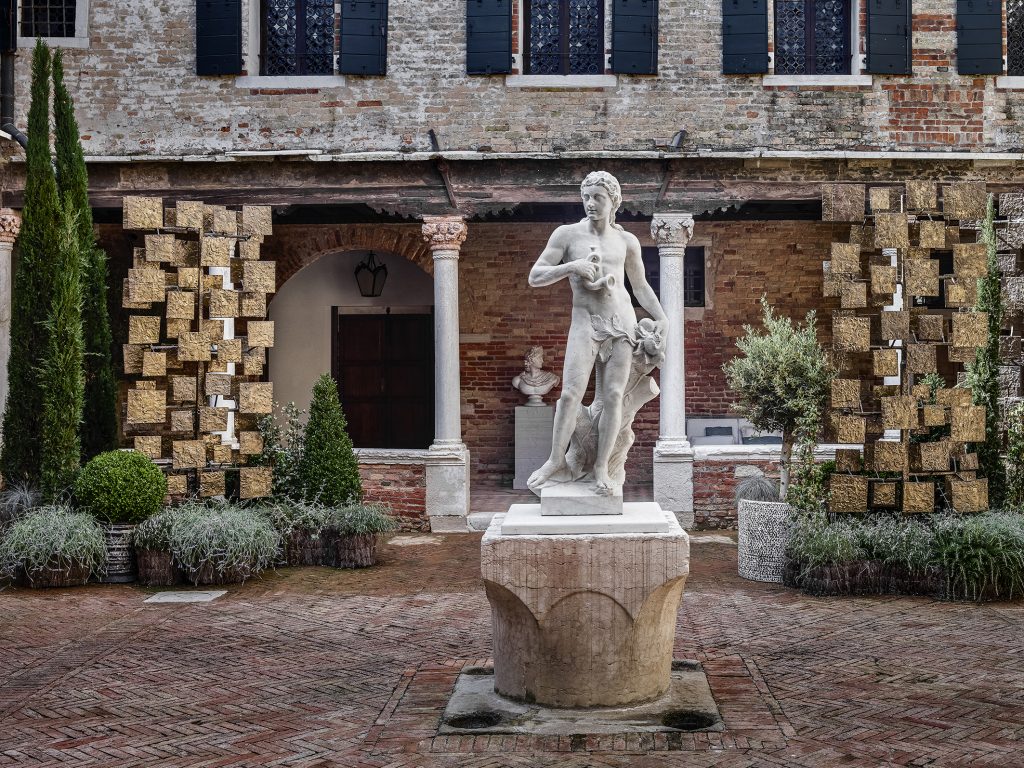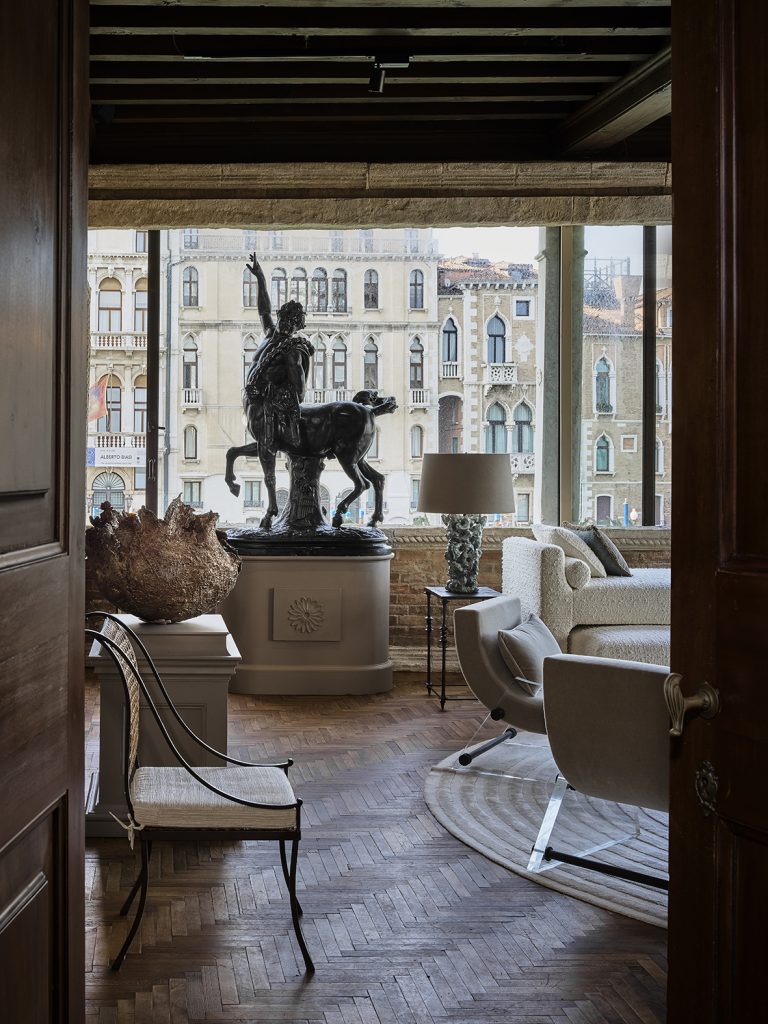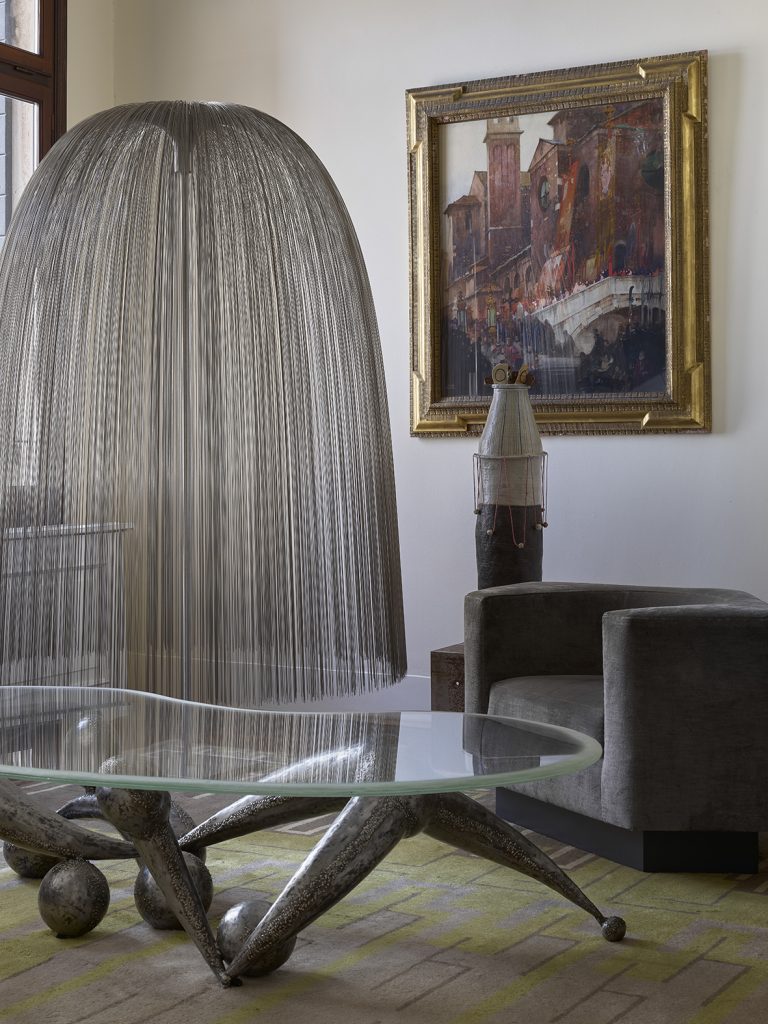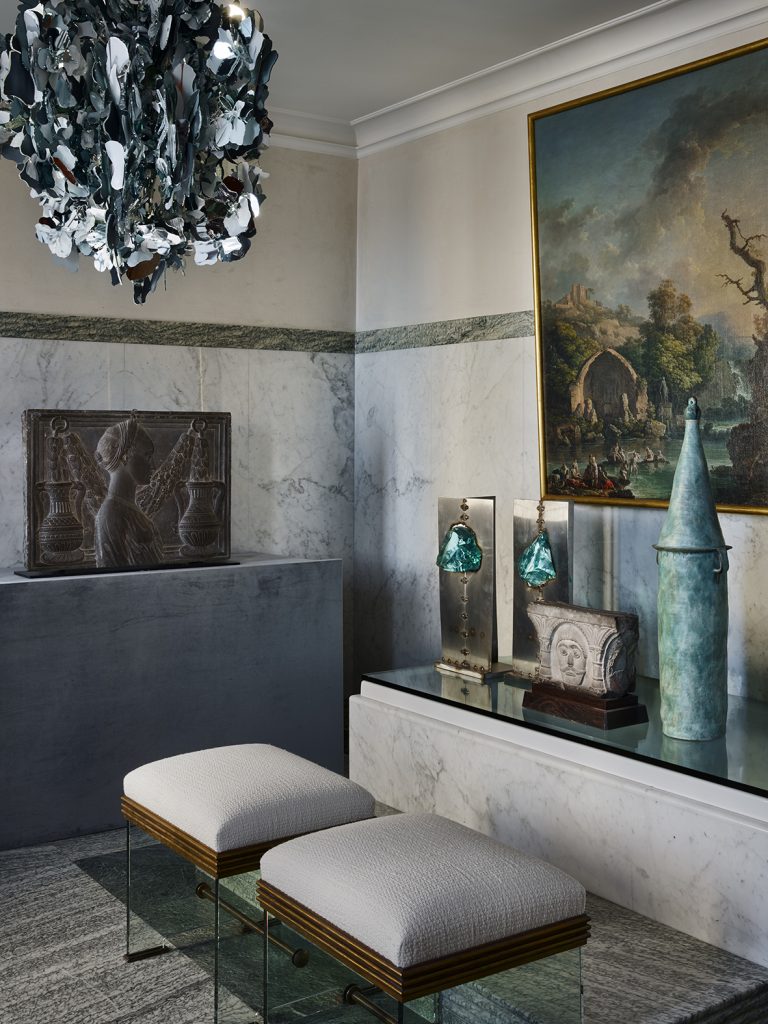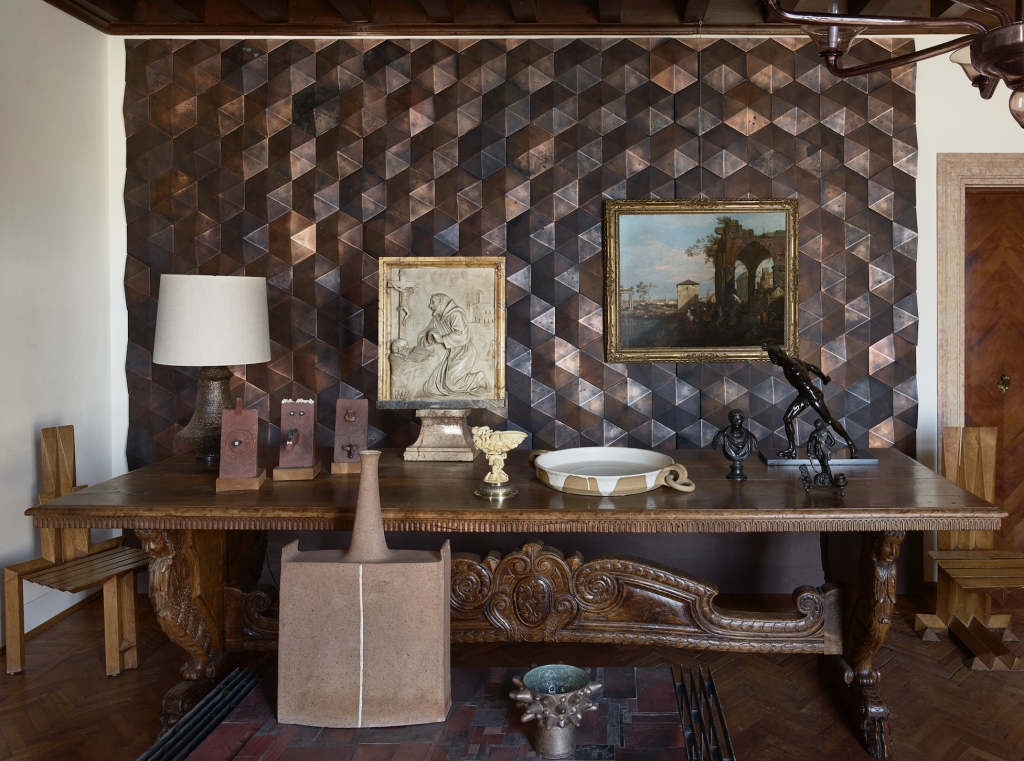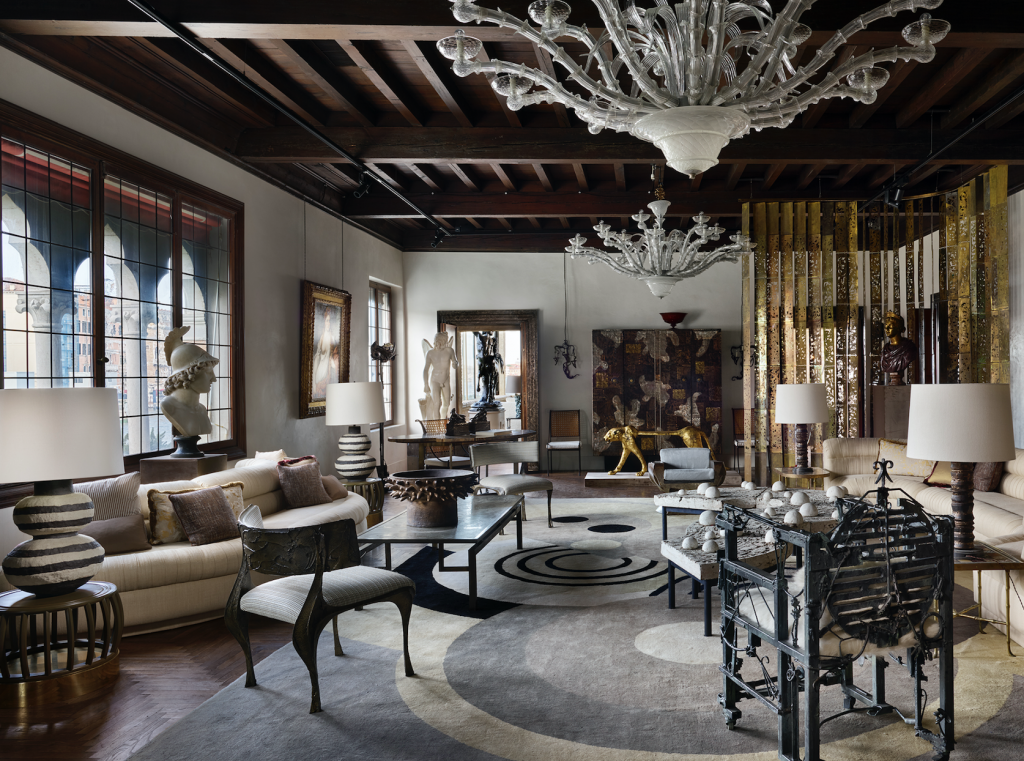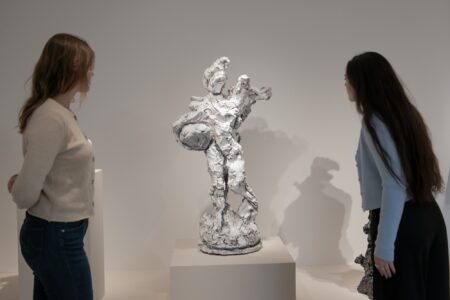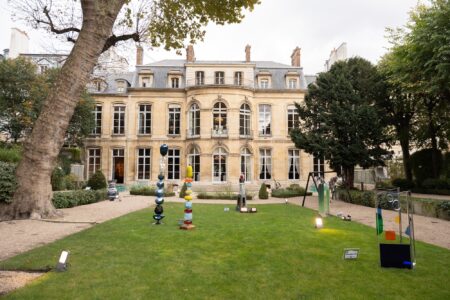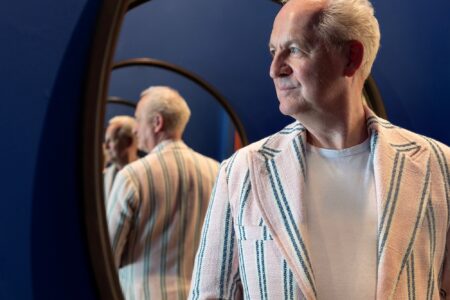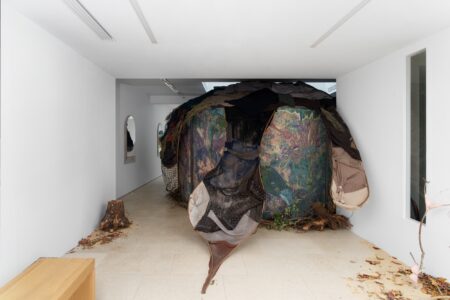Chahan Minassian: Creating Interesting Times
TLmag caught up with collector and interior designer Chahan Minassian to talk about how he invokes personal, lived-in qualities into his impeccable designs as well as his project, which unites Old Masters with modern works within the medieval setting of Venice’s Abbazia di San Gregorio.
Based in France since the mid ‘70s, Chahan Minassian has a work ethic that goes unmatched. Working on 15 to 20 projects simultaneously throughout the year, and performing additional tasks and ideas with every additional year, it’s almost as though the ever-precise designer/gallerist/collector/curator continuously operates through a method of loci (memory palace) of his own design: remembering the exact layout and feel of every single project he has, is, or will be working on. “A lot of people that I work with come in to the projects that I do and note that the space has a “lived-in” quality. That’s not surprising to me, as that’s exactly what I do: I live every moment in the spaces that I envision, throughout my travels, and all of those moments accumulate in and contribute to the space, and the quality of the things that inhabit it”.
This method of inhabiting his spaces is embodied in every way within his multi-faceted practice: “There is no break from having an idea, developing it, delegating it, keeping it consistent or even seeing an object and linking it to the project I’m working on. These are all things that are going on — all the time — in my head”. With a dislike for repetition in his entire methodology, his signature “Chahan-ian” style, self-described as a “personalised atmosphere containing a mixture of textures, lighting, collections, pure lines, historical and timeless designs”, has won several awards over the years [most notably the interiors of the Hôtel de Crillon in Paris, for which he won an award for the best interior design and architecture in a hotel in Europe, as well as Best Bar by Villegiature in 2018] and has secured his position as one of Paris’ most notable interior designers.
One of his most recent projects, the interior design of Abbazzia San Gregorio, unites Old Masters with modern works through a collaboration with London-based Colnaghi Gallery .The palatial building, originally made in the 9th century as a Benedictine Abbey, was restored in the early 20th century and is located centrally on Venice’s Grand Canal. Set within medieval architecture, the almost 1400 square metre exhibition aims to “encapsulate the timeless spirit of the Grand Tourist” and “illustrate the lifestyle of a modern-day collector” — themes that Chahan is no stranger to.
Starting as a circumstantial partnership [Chahan already happened to be in Venice for another project], Jorge Coll (CEO of Colnaghi Gallery) approached the designer to combine forces and create an exhibition to coincide with with the Venice Biennale. The theme of the Biennale, “May You Live in Interesting Times”, can almost be literally transferred into the Abbazzia’s spectacular set-up – where, amongst others, Giovanni Martinelli’s “Death comes to the table of the miser” and Hendrick Munniks’ “Hercules Freeing Prometheus”, are hung within its interiors — not solely as paintings to enjoy, but paintings to enjoy living with. Taking over various areas, from the ground floor to the upper levels of the house (one of which has a spectacular view of the city), Chahan was determined to convey his own interpretation of what it’s like to live in Venice, and his perception of what a 21st century grand tour(ist) would look like. “To integrate my style with their collection was a great challenge and liking, because I also have done 18th century or classical style homes, and to not only do that but add more contemporary styles from the 40s or modern paintings to that was quite an interesting exercise. The beautiful, old master-like quality of the paintings was very exciting in addition to the location and architecture – which had an amazing flow from room to room. When the doors throughout the different rooms are open and lined up, you have this consistency and continuity of connections and you can see the personality of the collector already there: these are their feelings, experiences, friendships and discoveries.”
Over the period of a few months (which ends on November 24th), the Abbazzia has been transformed to a walk-in curiosity cabinet where 16th century dresses are juxtaposed with 1960s architectural walls, a classical old fireplace is flanked with a pair of 1917 Venetian iron work and alabaster sculptures clash against brutalist sculptural steel walls . Elaborating on how he goes about collecting and placing these pieces, Chahan notes that even though they are from vastly different places in our timeline, they all share the same qualities and enduringness of good craftsmanship. “The main guideline in collecting, for me, is firstly that everything has to be best and top quality and, secondly, that it moves you or somehow relates to you [or the person I’m collecting for]. When the different elements are placed in the room, you realise that it’s not a random, scattered process. There’s a link — and the tension between the pieces, or the juxtaposition between the pieces, is what creates something interesting. The intensity of their craftsmanship and beauty are suddenly coming to life again and creating a new environment”.
With every room that flows onto the next, there’s a sense of luxury — or excellency, that feels all too familiar as you look at Chahan’s other works. This opulence, that feels intense and expensive without the risk of it looking abnormal, or kitsch, is a strength that is carried out throughout his oeuvre — and it works solely because this is how the designer thinks and lives, and how he appreciates the things, places and people around him. Whether it is in his mind palace, a medieval Venetian Abbey, a penthouse at the top of a skyscraper or a cabin in the woods — Chahan’s consistency in trusting his gut, attention to detail and willingness to keep reworking his ideas is what raises them to even ground and allows them to become anew.
Visitors will be able to take a look through the Abbazzia San Gregorio via appointment until November 24th, 2019.
